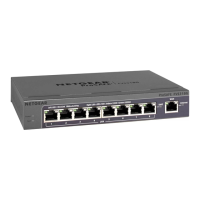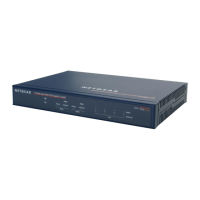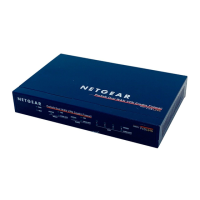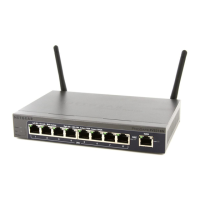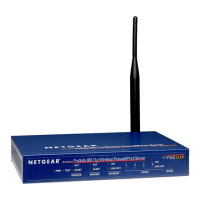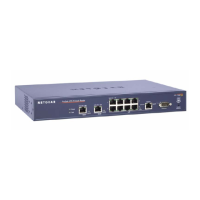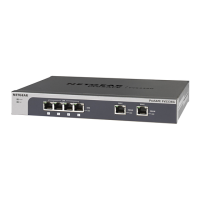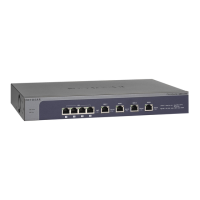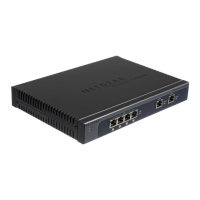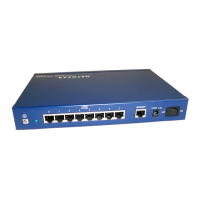Wireless Module for the UTM9S
551
ProSecure Unified Threat Management (UTM) Appliance
For more information about how to configure WPA, see Configure and Enable Wireless
Security Profiles on page 553.
• WPA2. Wi-Fi Protected Access version 2 (WPA2) data encryption provides strong data
security with AES encryption. WPA2 provides the most reliable security. Use WPA2 only if
all clients in your network support WPA2. The wireless module supports WPA2 with PSK,
RADIUS, or a combination of PSK and RADIUS.
For more information about how to configure WPA2, see Configure and Enable Wireless
Security Profiles on page 553.
• WPA+WPA2 mixed mode. This mode supports data encryption with a combination of
TKIP and AES for both WPA and WPA2 clients. The very strong authentication along with
dynamic per frame rekeying of WPA2 make it virtually impossible to compromise. The
wireless module supports WPA+WPA2 with PSK, RADIUS, or a combination of PSK and
RADIUS.
For more information about how to configure WPA+WPA2 mixed mode, see Configure
and Enable Wireless Security Profiles on page 553.
Note: TKIP provides only legacy (slower) rates of operation. NETGEAR
recommends WPA2 with AES to make use of 802.11n rates and
speed.
Wireless Security Profile
The security profile lets you configure the security settings for the SSID on the wireless
module. The wireless module supports one security profile (BSSID) that you can configure
from the Profiles screen (see Configure and Enable Wireless Security Profiles on page 553).
To configure the security profile, specify a name for the SSID, type of security with
authentication and data encryption, and whether or not the SSID is broadcast.
• Network authentication
The wireless module is set by default as an open system with no authentication. When
you configure network authentication, bear in mind that older wireless adapters might not
support WPA or WPA2. Windows XP, Windows 2000 with Service Pack 3, and Windows
Vista do include the client software that supports WPA. However, client software is
required on the client. Consult the product documentation for your wireless adapter and
WPA or WPA2 client software for instructions on configuring WPA2 settings.
For information about the types of network authentication that the wireless module
supports, see Configure and Enable Wireless Security Profiles on page 553.
• Data encryption
Select the data encryption that you want to use. The available options depend on the
network authentication setting described earlier (otherwise, the default is None). The data
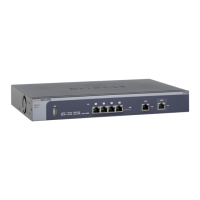
